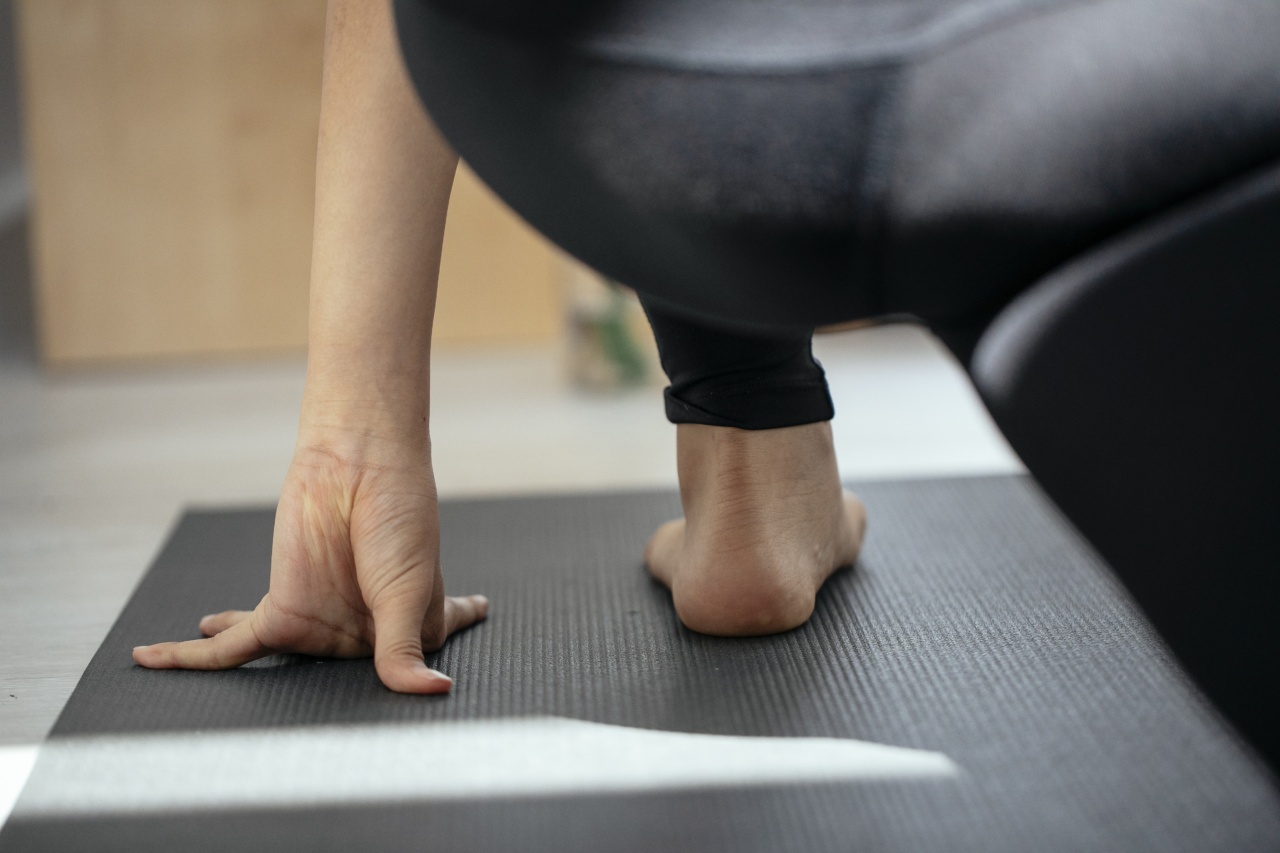Yoga has gained immense popularity across the globe due to its numerous health benefits. From improving flexibility and strength to reducing stress and anxiety, yoga offers a holistic approach to overall well-being.
In recent years, the practice of yoga has also been explored as a potential complementary therapy for asthma, a chronic respiratory condition that affects millions of people worldwide.
Understanding Asthma
Asthma is a condition characterized by inflammation and narrowing of the airways, leading to symptoms such as wheezing, coughing, chest tightness, and shortness of breath.
It can be triggered by various factors, including allergens, respiratory infections, exercise, and exposure to cold air or pollutants. While there are medical interventions available to manage asthma, such as inhalers and medications, incorporating holistic practices like yoga can provide additional support and relief for individuals with asthma.
Link Between Yoga and Asthma
Yoga is rooted in the union of mind, body, and breath. Its combination of physical postures (asanas), breathing exercises (pranayama), and meditation can help individuals with asthma in several ways.
The following sections explore the specific ways in which yoga can contribute to managing and improving asthma symptoms.
1. Enhancing Respiratory Function
Pranayama, or yogic breathing exercises, play a significant role in enhancing respiratory function.
Deep breathing techniques like alternate nostril breathing, kapalabhati, and ujjayi pranayama help strengthen the respiratory muscles and promote efficient oxygen exchange. These practices can help individuals with asthma improve their lung capacity, decrease breathlessness, and regulate their breathing.
2. Strengthening the Immune System
Regular yoga practice has been found to enhance the immune system’s functioning, reducing the frequency and severity of respiratory infections that can trigger asthma attacks.
Yoga stimulates the lymphatic system, which is responsible for eliminating toxins from the body, thereby improving overall immunity.
3. Reducing Inflammation
Chronic inflammation plays a significant role in asthma. Certain yoga asanas, such as forward folds, twists, and inversions, have been found to reduce inflammation in the body.
These postures improve blood circulation and promote the release of anti-inflammatory compounds, which can help alleviate asthma symptoms.
4. Managing Stress and Anxiety
Stress and anxiety can exacerbate asthma symptoms. The practice of yoga incorporates mindfulness and relaxation techniques that help calm the mind and reduce stress.
Regular yoga practice can help individuals with asthma better manage their psychological well-being, leading to a reduction in asthma triggers related to stress and anxiety.
5. Improving Lung Flexibility
Asthma can cause the airways to become stiff and narrow, making it difficult to breathe. Yogic stretching exercises, including chest-opening asanas like the cobra pose, bridge pose, and camel pose, help improve lung flexibility and expand the chest.
This increased flexibility can contribute to a greater ease of breathing in individuals with asthma.
6. Enhancing Body Awareness
An essential aspect of practicing yoga is developing body awareness. Regularly tuning into the body’s sensations and observing breath patterns can help individuals with asthma identify and manage symptoms before they escalate.
This heightened self-awareness can empower individuals to take necessary precautions and make lifestyle modifications to prevent asthma attacks.
7. Encouraging Relaxation and Better Sleep
Asthma symptoms can disrupt sleep patterns, leading to fatigue and decreased overall well-being.
Yoga practices, such as gentle stretches, restorative poses, and deep relaxation techniques like yoga nidra, can promote better sleep quality and help individuals with asthma experience more restful nights.
8. Building Overall Physical Fitness
Regular physical activity is essential for individuals with asthma, as it helps improve cardiovascular health and lung function. Yoga provides a low-impact form of exercise that can be modified to accommodate individual needs and limitations.
Its gentle yet effective movements contribute to overall physical fitness, which is crucial for managing asthma effectively.
9. Creating a Supportive Community
Attending yoga classes or participating in yoga communities can provide individuals with asthma a supportive environment to connect with others who share similar experiences.
Sharing insights, tips, and experiences with fellow practitioners can be empowering and uplifting, fostering a sense of belonging and encouragement in managing asthma.
10. Complementing Medical Treatment
It is important to note that while yoga can provide significant support in managing asthma, it should not replace medical treatment.
Yoga complements conventional medical interventions and should be practiced under the guidance of a qualified yoga instructor who understands the specific needs and limitations of individuals with asthma.
Conclusion
Integrating yoga into the holistic management of asthma can be highly beneficial for individuals seeking additional support.
The combination of physical postures, breathing exercises, meditation, and relaxation techniques can contribute to improved respiratory function, reduced inflammation, enhanced immune system, and better stress management. As with any new practice, it is advisable to consult with a healthcare professional before incorporating yoga into an asthma management routine.































